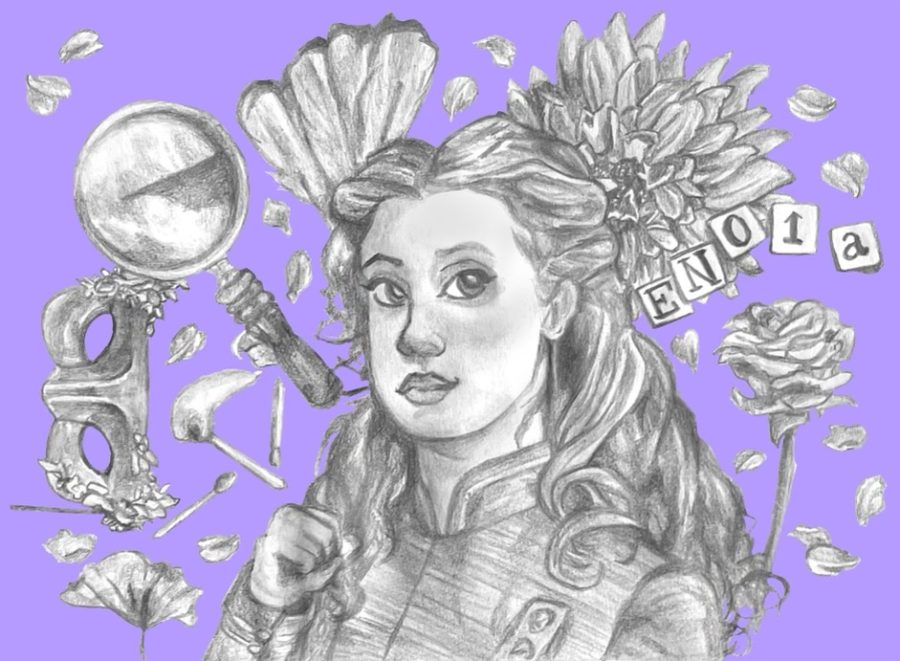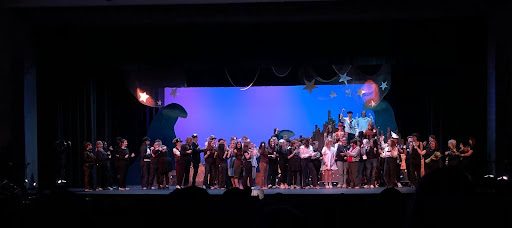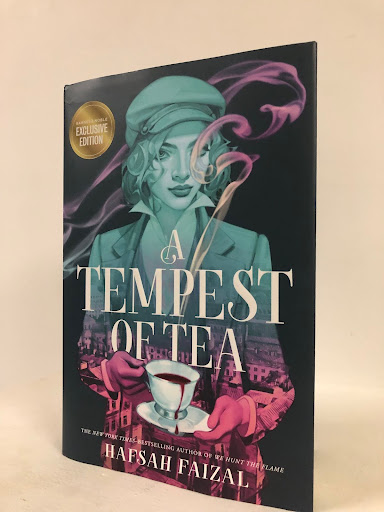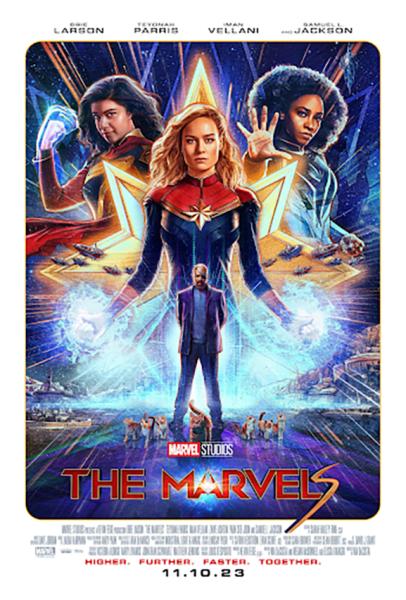“Enola Holmes 2” educates and excites
Photo courtesy of Jensen Kugler
Befitting of an unconventional protagonist, the Enola Holmes films have explored several unconventional methods of communication, ranging from fourth-wall breaks, flower symbolism, anagram decoding, and the secret language of hand fans.
“Enola Holmes 2” picks up right where the first film left off, with the witty younger sister of Sherlock Holmes embarking on another winding detective case. But, while “Enola Holmes” loosely adapted the first book in Nancy Springer’s series, the sequel sends those familiar characters on a collision course with the 1888 Matchgirls’ Strike.
“The Matchgirls’ strike is a great topic for a film because it contextualizes the era,” said Women’s History teacher Joanne Pendry. “Gender, class, and labor conflicts are all important themes of the Victorian era and still resonate today. In the arc of women’s history, it provides a glimpse into the struggles of working women and the beginnings of women’s labor activism. Did it move the needle of women’s rights significantly? No, but like most historical struggles, the strike laid the groundwork for future movements.”
Bolstered by a jaunty score and strong acting, “Enola Holmes 2” succeeds at telling a mostly uplifting crime fiction story, while also offering sharp moments of nuanced historical commentary. The film is driven by contrasting, yet equally strong performances from Henry Cavill and Millie Bobby Brown, making the viewing experience both entertaining and evocative.
“I think it was even better than the first [Enola Holmes film],” said senior Valeria Urresty. “I thought that the plot was better, and I think they really nailed the chemistry between Sherlock and Enola. They were a fun duo to watch.”
Cavill portrays a more restrained, controlled Sherlock, playing the role much closer to the classic character than he did in the first film, while Brown further refines Enola as a stubborn, tomboyish detective struggling to surmount the sexist society of Victorian-era London. An empowering film that is even more shrewd than its predecessor in highlighting and addressing gender inequality, “Enola Holmes 2” doubles down on a more inclusive version of Sir Arthur Conan Doyle’s world.
“One of the reasons why I liked the Enola Holmes books was because of how strong and independent [Springer] made Enola, and I think it showed in the movie,” said Urresty. “I might be a bit biased since I love “Stranger Things” and Millie, but I just can’t imagine someone else as Enola. I thought she brought the witty sense of Enola’s character into the movie, as well as showing her independence.”
Compared to Springer’s original book series, the films have made fairly large narrative changes in order to make their protagonist less isolated. In “Enola Holmes 2,” Enola remains a fiercely-independent character, but by the end of the film she has learned and accepted the value of working with others. Neither she nor her brother Sherlock are truly alone now, and finding strength in numbers is also intrinsic to the historical backing of the film. At its core, “Enola Holmes 2” is a film that brings viewers of all ages together, celebrating history and heroines alike.






